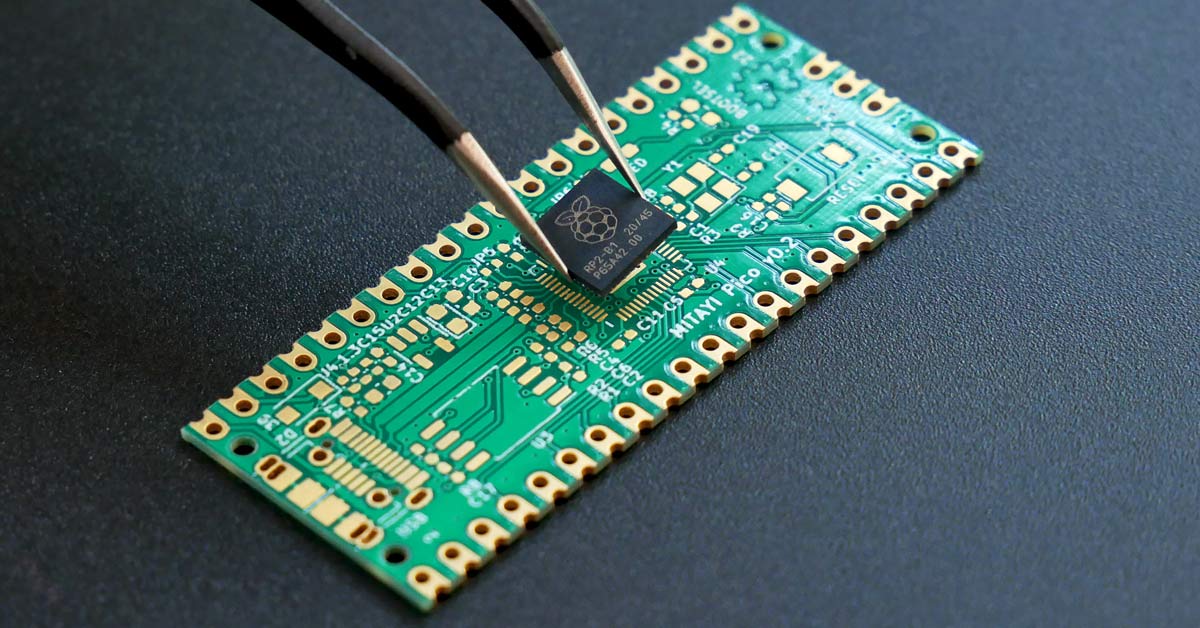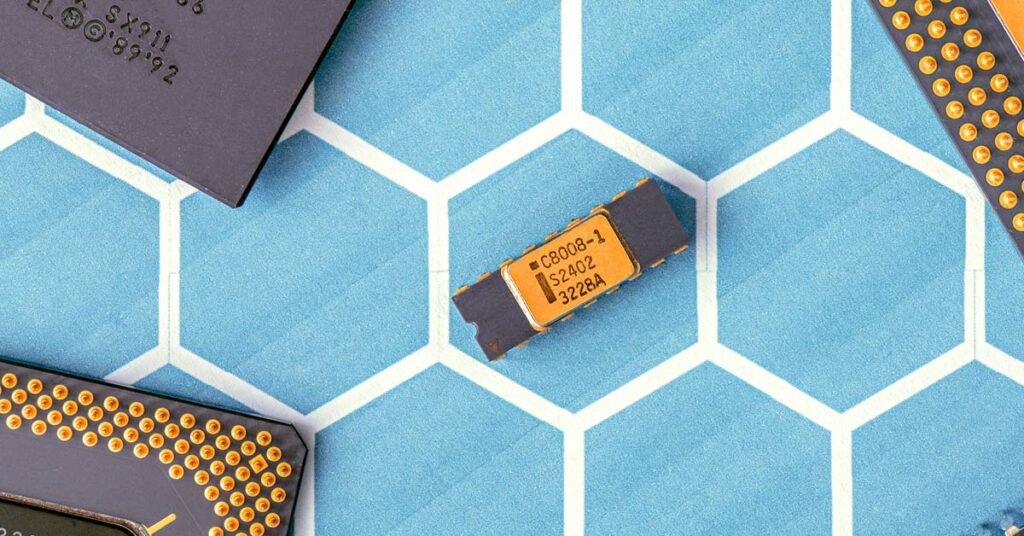Top Curated Lists, Trends, Business, Fun & Discovery for Executives & Commuters on-the-go
The Top 5 Components of Semiconductors

Semiconductors form the backbone of modern electronics, enabling the creation of devices that have transformed the way we live and communicate.
These tiny wonders rely on various components to function efficiently. Here, we delve into the top five components that play pivotal roles in the world of semiconductors.
Here are the Top 5 Components of Semiconductors Driving Technological Advancements
1. Silicon Wafers: The Substrate of Innovation
Silicon wafers serve as the fundamental building blocks of semiconductors. These thin, disk-shaped substrates provide the foundation for the intricate circuits etched onto their surfaces. Silicon is chosen for its excellent semiconducting properties and abundance in nature. The wafer’s purity and crystalline structure are crucial for the precise manufacturing of electronic components.
2. Transistors: Switching Power at the Microscopic Level
Transistors are the workhorses of semiconductor technology. These tiny, on-off switches control the flow of electrical current within the semiconductor device. As the fundamental building blocks of integrated circuits, transistors enable the creation of sophisticated electronic systems. Advances in transistor technology, such as FinFET and nanosheet transistors, continue to push the boundaries of performance and energy efficiency.
3. Semiconductor Diodes: Directing the Flow
Diodes are semiconductor devices that allow current to flow in one direction only. They play a crucial role in rectifying alternating current to direct current, enabling efficient power supplies. Diodes are also integral in light-emitting diodes (LEDs), which have revolutionized lighting technology. The ability to control electron flow in diodes contributes to the efficiency and functionality of various electronic circuits.
4. Integrated Circuits (ICs): Compact Powerhouses
Integrated circuits, or ICs, combine multiple semiconductor components onto a single chip. This integration enhances performance, reduces power consumption, and minimizes the physical footprint of electronic devices. Microprocessors, memory chips, and application-specific integrated circuits (ASICs) are examples of ICs that power everything from smartphones to supercomputers. The relentless pursuit of smaller and more powerful ICs continues to drive technological advancements.
5. Semiconductor Memory: Storing and Retrieving Information
Memory is a critical component of semiconductors, allowing devices to store and retrieve information. There are two main types of semiconductor memory: volatile (e.g., RAM) and non-volatile (e.g., Flash memory). RAM provides fast, temporary storage for active processes, while non-volatile memory retains data even when power is turned off, essential for storing firmware, operating systems, and user data.

Source: J. Svidras
In conclusion, the top five components of semiconductors form a symbiotic relationship, enabling the creation of powerful and compact electronic devices. As technology advances, these components continue to evolve, driving innovation in various industries and shaping the future of electronic systems.
Quiz: Test your knowledge of semiconductor components and technology.
TECH
QUIZZES


